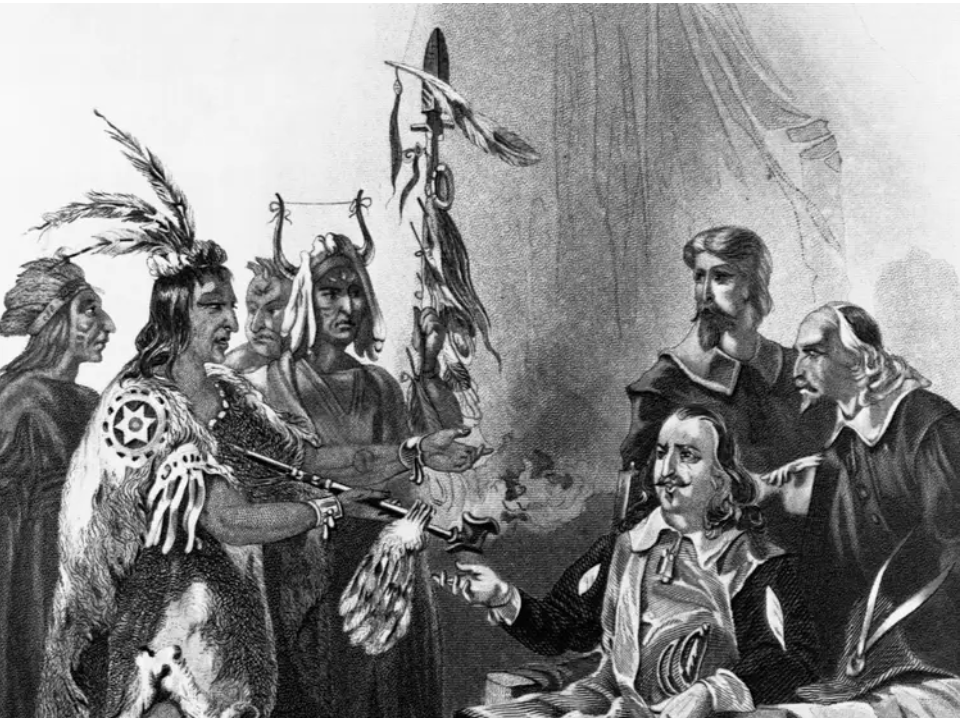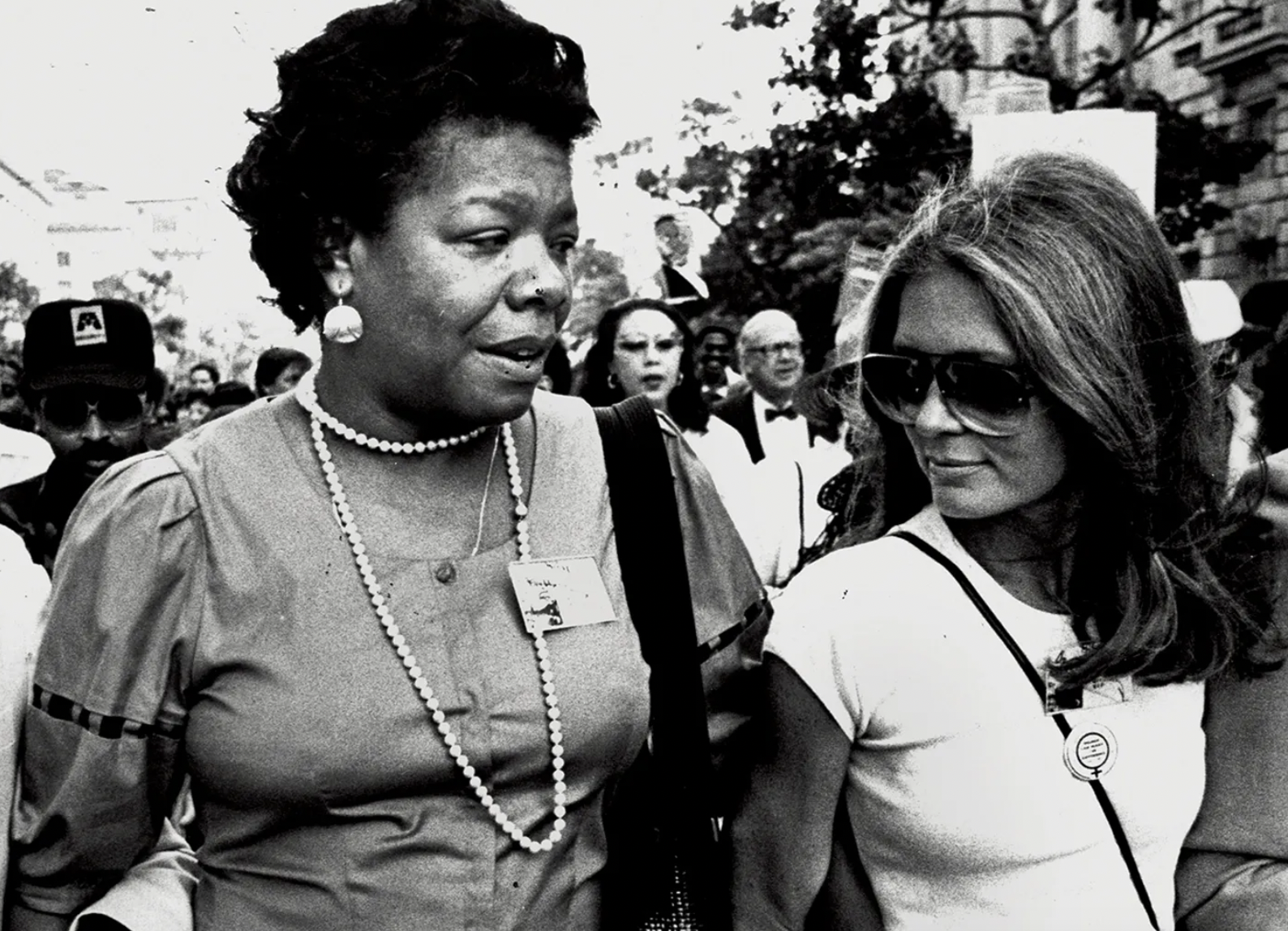By Petros Lopez Petalas, Year 12
On July 26th 2024, the 33rd Modern Olympic Games will open in Paris. On that day, the Olympic flame will arrive in the French capital, where it will remain lit until the end of the Games. The Olympic flame will have travelled from Greece to France on its journey to Paris, visiting many of France’s historical and iconic sites. These sites: lighthouses, bridges, viaducts, and arenas are not just landmarks, but symbols of France’s rich history and culture. The flame will also honour the history of France by travelling to places of remembrance, like the Verdun Memorial and the D-Day Landing Beaches in Normandy, reminding us of the sacrifices made for peace. History plays an important role in the Olympic games, which is why the official opening of the games begins every four years with the lighting ceremony of the Olympic Flame.
The first modern-day lighting ceremony was held in 1936 for the Berlin Olympics, marking the beginning of a tradition repeated for every Olympiad since. However, the history of the Olympic flame and torch relay dates back to ancient times. The idea of the Olympic flame was inspired by the history of Ancient Greece, where a sacred fire (of the ancient goddess Hestia) would burn in Olympia during the Olympic Games. Today, the lighting ceremony is a symbolic gesture that connects the ancient world with the modern day. This lighting ceremony symbolises the ‘birth’ of the flame. A group of women dressed as ancient priestesses, after a choreographed dance ritual inspired by ancient times, ask Apollo, the ancient god of the sun, to help them light the torch. To ensure its purity, the flame is lit by the sun’s rays captured in the centre of a parabolic mirror.
The high priestess, a key figure in the lighting ceremony, carries the flame in a small clay vessel to meet the first torchbearer and offers it with an olive branch – a universal symbol of peace. The first torchbearer, who, according to tradition, is always a Greek athlete, lights his torch from the priestess and takes the olive branch, a universal symbol of peace. This is how the Olympic Torch Relay begins: travelling from Ancient Olympia in Greece to the city hosting the Olympic Games this year, Paris.
The idea of the torch relay, the flame’s journey from region to region until it reaches the city where the Games will be held, is more than just a logistical event. It has a symbolic purpose, deeply rooted in the history of the Olympic games, informing people about the coming of the sports competition. During the Ancient Games, all warfare was stopped. The Olympic flame carries a strong message of peace and encourages a pause to all conflicts. It is one of the most important and recognisable symbols of the Olympic movement. It is a symbol of peace and friendship and a reminder that these values must continue to be upheld.



